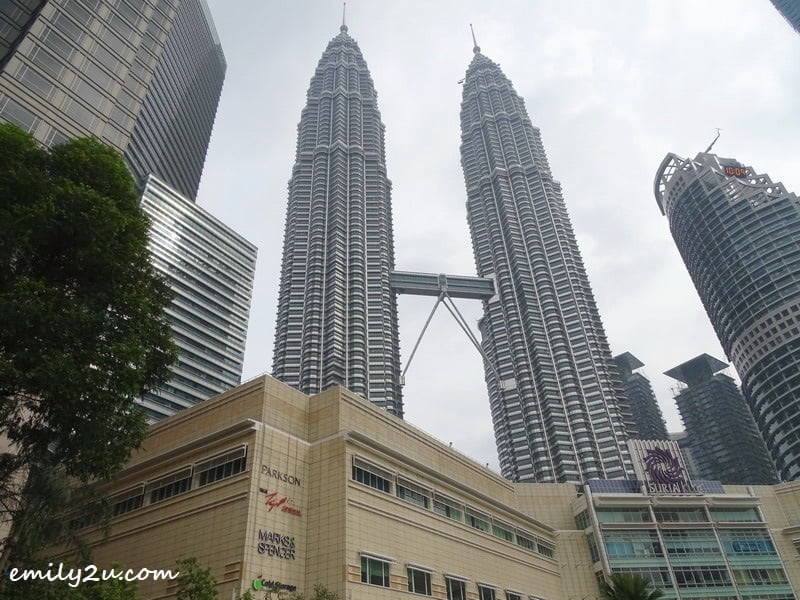According to Mastercards’s Asia Pacific Destinations Index (APDI) 2018, Kuala Lumpur has emerged as the third most visited APAC destination after Bangkok and Singapore. Rounding up the Top 5 are Tokyo and Seoul.
Notably, the top two Asia Pacific destinations – Bangkok and Singapore – have held onto their #1 and #2 positions respectively, for nine consecutive years since 2010.
Asia Pacific’s five most popular destinations for international travellers welcomed over one-fifth or 22 percent, of all overnight visitors to the region’s top 161 cities and regional centres in 2018. Kuala Lumpur attracted a total of 13.8 million international travellers and a spend of US$11.13 billion (RM47.5 billion*) last year.
Primarily driven by explosive growth in outbound travel from mainland China, the aforementioned five cities also captured more than one-quarter or 25.2 percent, of total international travel spending in the region. Consistent with this trend, the #1 country of origin for overnight visitors in Kuala Lumpur is China (20.6%). This is followed by visitors from Thailand (11.7%), Indonesia (11.5%), Singapore (8.3%) and India (5.8%).
In 2018, Asia Pacific hosted travellers making 342.2 million business and leisure trips, up from 159.1 million in 2009, representing an 8.9 percent compound annual growth rate (CAGR) over the nine-year duration. During the same period, travel spending in Asia Pacific more than doubled, rising from US$117.6 billion (RM494.37 billion*) to US$281.1 billion (RM1.18 trillion*), equating to a compound annual growth rate of 10.2 percent.
In Kuala Lumpur, visitors stayed on average 5.7 days and spent an average of US$142 (RM597*) a day with the top classifications for spend being shopping (32.7%), accommodation (25.6%), followed by food and beverage (13.3%).
Other Malaysian destinations that featured in the ranking include Sabah, 26th in Asia Pacific (APAC) & 10th in Southeast Asia (SEA), Penang (28th in APAC, 11th in SEA), Pahang (34th in APAC, 15th in SEA), Johor (36th in APAC, 17th in SEA), Kedah (59th in APAC, 24th in SEA), and Malacca (60th in APAC, 25th in SEA).
“While the world’s economic, geopolitical, technological and societal landscapes have all changed dramatically since Mastercard launched this research 10 years ago, one characteristic remained constant: the desire of ever-growing numbers of people to explore the world beyond their own borders. With the top 20 cities attracting nearly half (49.8 percent) of all international overnight arrivals to the 161 destinations ranked in the APDI, it is important to understand not only how continuously rising travel numbers impact cities and destinations for the better, but also the challenges they pose. These aspects equip governments, merchants and the global travel industry with the information and insights they need to better serve their residents and visitors,” said Rupert Naylor, Senior Vice President, Data & Services, Asia Pacific, Mastercard.
Backed by a decade of destination insights, Mastercard’s 2018 APDI highlights four key trends that are shaping the future of travel in the Asia Pacific region:
1. Mainland China continues to exert the greatest influence over travel patterns and expenditure flows.
2. Japan is now the hottest destination in Asia.
3. Vacation destinations prevail over the fastest rising cities.
4. Asia’s other avid travellers are from South Korea and Japan.
* based on a currency exchange of US$1 = RM4.20
Note: View larger image by clicking on it once this page has completely loaded.

